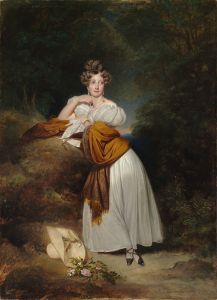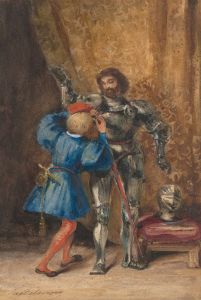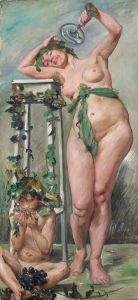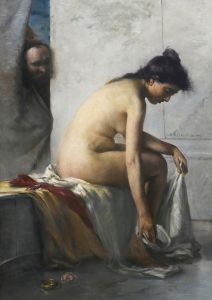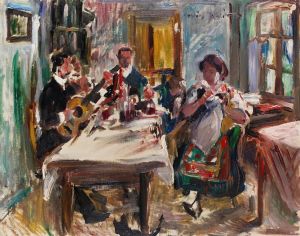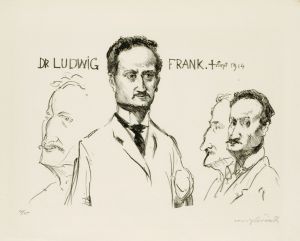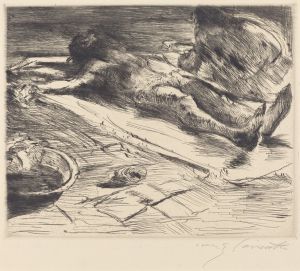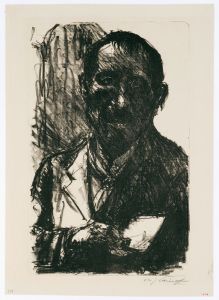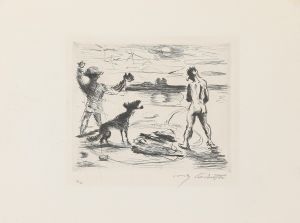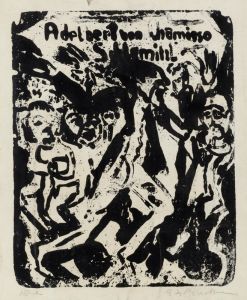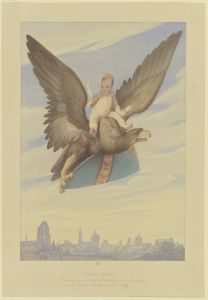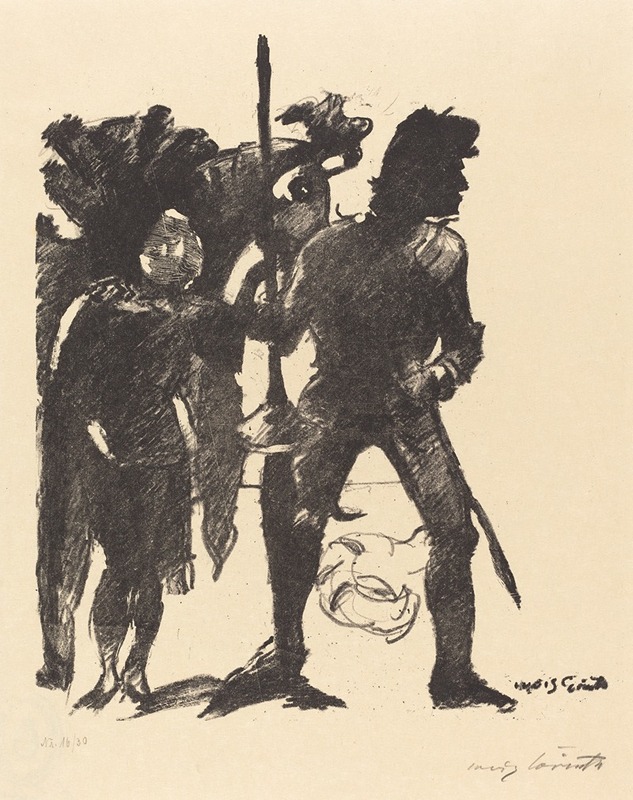
Götz von Berlichingen
A hand-painted replica of Lovis Corinth’s masterpiece Götz von Berlichingen, meticulously crafted by professional artists to capture the true essence of the original. Each piece is created with museum-quality canvas and rare mineral pigments, carefully painted by experienced artists with delicate brushstrokes and rich, layered colors to perfectly recreate the texture of the original artwork. Unlike machine-printed reproductions, this hand-painted version brings the painting to life, infused with the artist’s emotions and skill in every stroke. Whether for personal collection or home decoration, it instantly elevates the artistic atmosphere of any space.
Lovis Corinth's painting "Götz von Berlichingen" is a notable work by the German artist, created in 1917. Lovis Corinth (1858-1925) was a prominent figure in the German art scene, known for his contributions to the Impressionist and later Expressionist movements. His works often explored themes of history, mythology, and personal experience, characterized by vigorous brushwork and a vibrant palette.
The subject of the painting, Götz von Berlichingen, was a historical figure, a knight and mercenary who lived from 1480 to 1562. He is famously known as "Götz of the Iron Hand" due to the prosthetic iron hand he used after losing his right hand in battle. Götz von Berlichingen became a symbol of defiance and independence, celebrated in German folklore and literature, most notably in Johann Wolfgang von Goethe's play "Götz von Berlichingen," written in 1773.
Corinth's depiction of Götz von Berlichingen captures the essence of the knight's rugged and resilient character. The painting portrays Götz in armor, emphasizing his strength and determination. The iron hand, a significant element of his identity, is prominently featured, symbolizing his perseverance despite physical adversity. Corinth's use of bold, dynamic brushstrokes and a rich color palette brings a sense of vitality and intensity to the portrait, reflecting the turbulent times in which both the artist and the subject lived.
The creation of "Götz von Berlichingen" in 1917 places it during a tumultuous period in history, amidst the backdrop of World War I. This context may have influenced Corinth's choice of subject, as Götz's defiant spirit could resonate with the contemporary struggles and the desire for resilience and strength. However, it is essential to note that Corinth's personal motivations and interpretations are not explicitly documented, and any assumptions about his intentions remain speculative.
Lovis Corinth's artistic career was marked by a transition from Impressionism to Expressionism, and "Götz von Berlichingen" exemplifies this evolution. The painting's expressive brushwork and emotional intensity align with the principles of Expressionism, which sought to convey subjective experiences and emotions rather than objective reality. Corinth's ability to blend these stylistic elements demonstrates his versatility and mastery as an artist.
The painting is part of Corinth's broader body of work, which includes portraits, landscapes, and historical scenes. His contributions to art were recognized during his lifetime, and he held significant positions, such as the presidency of the Berlin Secession, an influential group of artists who sought to challenge traditional academic art.
In summary, Lovis Corinth's "Götz von Berlichingen" is a powerful representation of a historical figure known for his resilience and defiance. Created during a period of global conflict, the painting reflects Corinth's dynamic style and his ability to capture the essence of his subjects. Through this work, Corinth continues to be celebrated as a significant figure in the development of modern German art.






